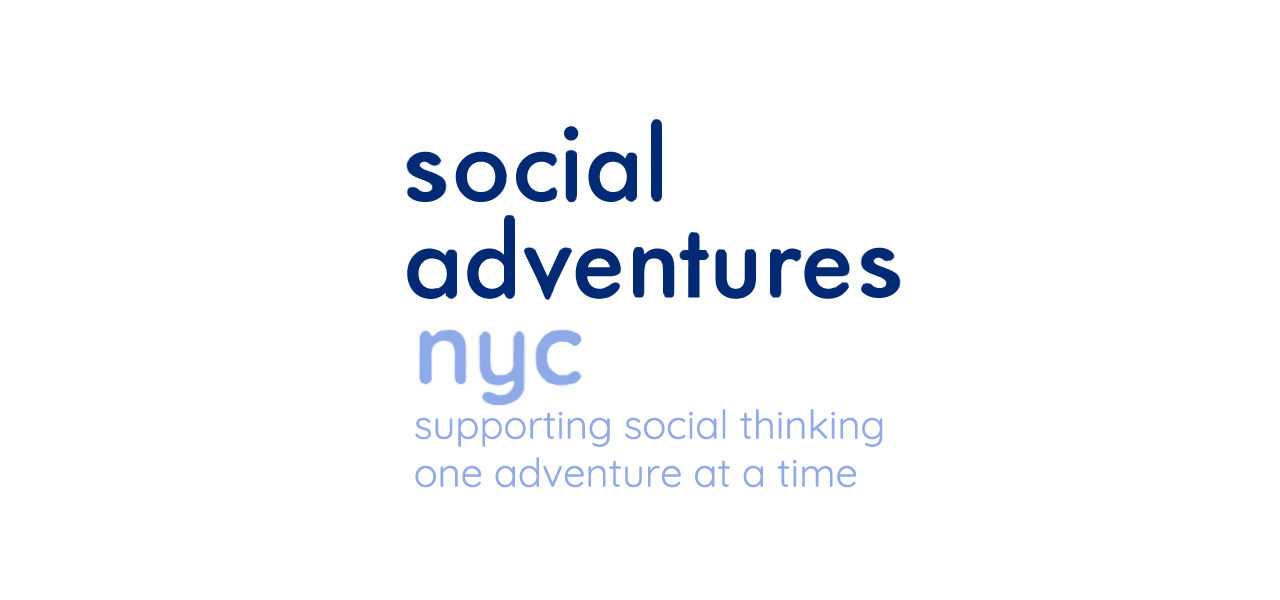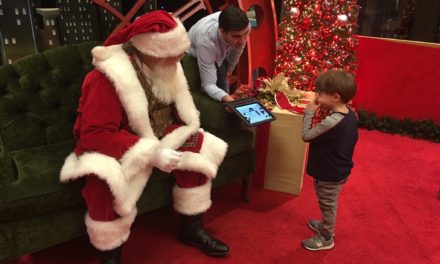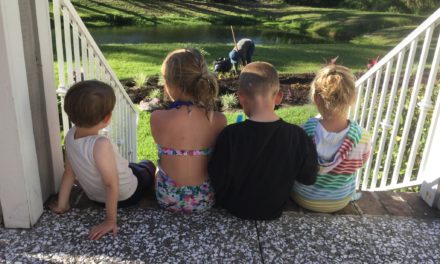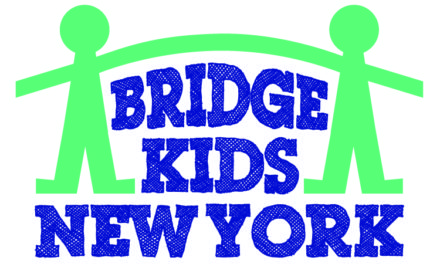*Contributed by: Nili Geldwert, M.A. CCC-SLP and Julie Pike, M.A., CCC-SLP of Social Adventures NYC
Are you planning on taking an adventure, big or small, with your child? Perhaps you want to visit the new ice-cream store down the block or the zoo. We at Social Adventures NYC understand the needs of children who have autism and/or those that have social communication challenges during these outings. We’ve put together some helpful strategies that can make the experience more pleasurable for your child and for you. Our social communication support strategies are divided into three categories: pre-adventure, adventure, and post-adventure.
PRE-ADVENTURE
Take a moment and think about how you prepare yourself to go to a new place. Now that we have technology at our fingertips, we Google the destination, look at the website, check the location, figure out how we’re going to get there, and take note on what to expect. This process is called priming; we get ourselves ready for what to expect. Children with social communication challenges need similar priming. Before going on an adventure, a child might feel nervous or apprehensive. He or she may not be able to express their feelings but might show it in their behaviors. Since children usually cannot prime themselves, parents can do that for them.
Things to keep in mind:
- You know your child best, so you might want to try to limit the amount of information you provide if your child gets anxious when given a lot of information to process. Some children need a day or up to a week to process and prepare for a new adventure, while others may become more anxious when given any advance notice. Sometimes using a calendar to countdown the days is helpful.
- It’s important to allow your child processing time when giving new information and asking him or her questions (45 seconds). Encourage them to ask you questions about the adventure.
Below are some additional strategies that can be useful ahead of your next adventure.
Pre-Adventure Priming tips:
- Look at the website or online reviews/photos for the location where you’ll be headed to with your child. Any visual representation that you can identify provides a visual support which helps your child begin to see themselves in the place. Research things about the specific place, for example, where is it located, what are some things that the child will likely see or do, who are some people that he/she might meet.
- Write or verbally provide a brief schedule of the time and activities. This often grounds and organizes children and gives them a framework of what to expect. Where possible, try to add in some form of flexibility – adding in some buffer with regards to potential changes in timing (e.g. train delays affecting arrival, departure) and general expectations (e.g. waiting time for activities or who may or may not be attending a birthday party).
- Think about potential problems that could arise and possible solutions. This could include proactively identifying explanations, distractions, or other coping mechanisms for situations such as waiting on a long line or a negative reaction to favorite ride or exhibit being closed.
- Role play possible scenarios and specific language with your child that could be used to express his/her ideas or feelings. For example, if you are going to an ice-cream store and it is very crowded, you could model with your child what he or she could say. In this example, some possible phrases that could be used include: This is too crowded/noisy. Can I wait at a table, while you get the ice cream? Let’s come back later. Can you please give me my ____________ (security or calming tool).
- Let your child know that if he or she feels overwhelmed, they can take a break. It’s highly important for children to constantly be reminded that they (almost) always have the option of taking a break – either with an adult (e.g. walk outside the room or facility) or potentially on their own (e.g. to another part of the room).
- If it’s a new place you might want to consider only staying for a brief time, depending on your child’s response to the experience. If this is the case, you can try to increase the time on your next visit.
ADVENTURE
- When you arrive at your destination, point out important visuals that might be posted. This could be a list of amusement park rides or a map of the museum. You could also point out signs such as the bathroom or a list of ice-cream flavors. If there are any rules listed, take the time to read them over with your child and make sure they are clear and concrete.
- Discuss the “plan” with your child – whether it be your plan (family outing) or someone else’s (birthday party), it’s important to help to appropriately set the child’s expectations. It can be helpful to make a quick schedule, on your phone/tablet or on a piece of paper (if you haven’t done so during the priming stage), that can be referenced throughout your adventure. The list may include quiet breaks, bathroom visits, gift store visit and meal times. See below for a sample plan for a visit to the zoo:
- Enter the park and buy tickets
- Look at a map of the animals and any other attractions
- Visit the lions
- Visit the monkeys
- Bathroom break
- Lunch
- Ride the Monorail
- Quiet break
- Animal visit: your child’s name’s choice
- Gift shop
- Bathroom break
- Home
- As you and your child are enjoying the experience, highlight or make comments connecting your child’s feeling to the experience. Many children that have autism or social communication challenges struggle with remembering how they felt in a given moment. A child will often remember the facts but not the emotion surrounding the experience. By highlighting the emotion, you can help to make your child more aware of his or her feelings. For example, you could say “I can tell you are having fun riding the monorail. You have a big smile on your face and are pointing at all the animals you see!”
- If you encounter a problem, such as a long line, you can use positive self-talk. Self-talk is a way in which you talk aloud about possible strategies you would try when encountering a problem. For example, you could say “This line is really long. It’s hard to wait but I know the monorail ride is going to be so much fun. I am going to take some deep breaths as I wait so my body stays calm. I might squeeze my squishy ball too. I’m noticing the line is moving. It’s almost our turn.”
- A quick and (hopefully) easy thing you can do to help your child remember this adventure and how it made him or her feel is by taking pictures or videos. When taking pictures/videos make sure to include your child’s face. If your child does not enjoy being photographed or videoed, you could encourage him/her to be the photographer or you could take pictures of his/her favorite part. Later on you could put captions on them or replay them and review the experience. Photos are also great to share with your child’s classroom teacher to help them share about his/her experiences outside of the classroom.
POST ADVENTURE
Reflection time is a dedicated time to debrief on an experience or set of experiences. This time is highly valuable and helps to solidify the experience and the emotions for the child. Here a few strategies to facilitate reflection time:
- Make a quick slideshow on your phone of the day’s adventure or review pictures and/or any souvenirs that you collected. It is fun to have a photo album of all the adventures, big or small, for your child to review.
- If a problem arises and it was solved successfully, review the problem and solution with your child. It can be helpful to ask your child how he or she initially felt, note how the problem was solved and remember how he/she felt afterwards.
Social Adventures NYC can help provide group and/or individualized sessions to better prepare your child for a variety of social experiences. Therapy is provided in a naturalistic environment, using high-interest activities. In addition to this, your child will be involved in adventures that he or she is prepared for and interested in. Our goal is for our clients to be able to successfully generalize the strategies used in the therapeutic setting into their community.
Social Adventures NYC was founded by two highly experienced, licensed speech language pathologists. We provide social-communication group and individual therapy to children and adolescents. We believe in supporting every child with social needs, one adventure at time!
If you have any questions or comments, feel free to email us at info@socialadventuresnyc.com or visit our website at:
http://www.socialadventuresnyc.com






